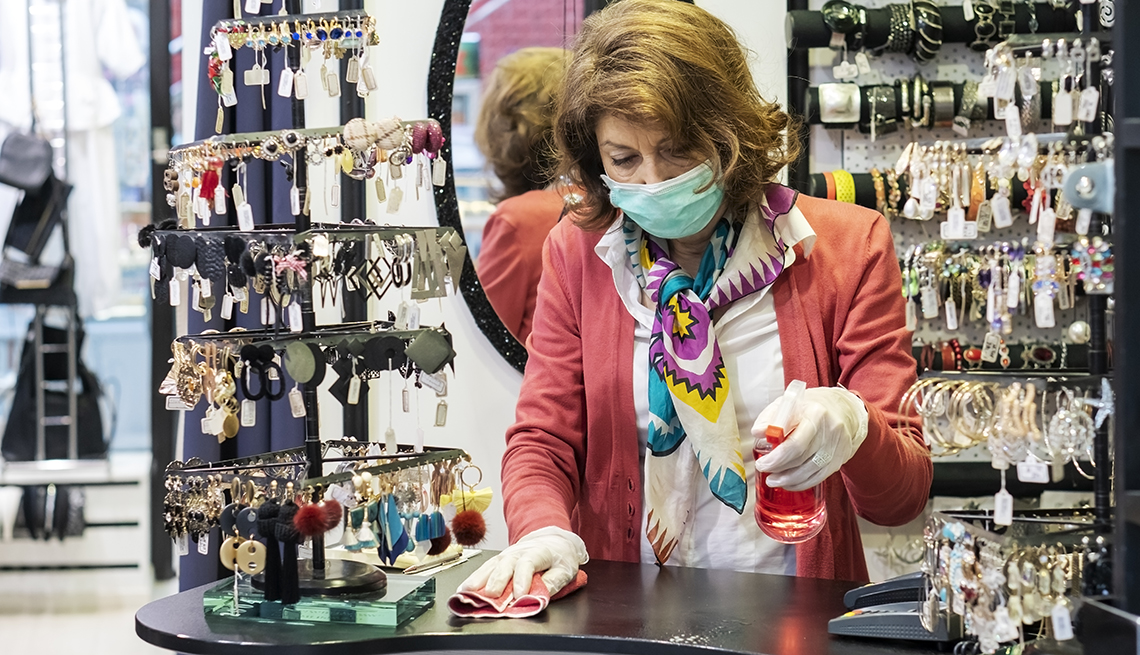Staying Fit
The first hint Patti Gibbons had that something was wrong was a Saturday evening in March. The 60-year-old owner of Heavenly Soaps went to her local Costco and found it packed. “It was worse than Christmas Eve,” she says. The next morning, she turned on the news and realized how serious the COVID-19 pandemic was becoming. She knew she had to make some big changes to keep her small business afloat.


AARP Membership— $12 for your first year when you sign up for Automatic Renewal
Get instant access to members-only products and hundreds of discounts, a free second membership, and a subscription to AARP the Magazine.
Gibbons isn't the only owner of a small or midsize business facing the challenges of COVID-19. According to a survey by Main Street America, 3 in 4 businesses have had their revenue cut in half since early March. More than half (57 percent) reported that revenue dropped by 75 percent or more, and 80 percent had closed at least temporarily. As these businesses pivoted to remain viable, they reinvented everything — from their business models to their staffing procedures.
"At the heart of most entrepreneurs, there is the need to continually iterate and optimize your business,” says Amanda Brinkman, host of Hulu's Small Business Revolution and chief brand officer at Deluxe Corp., a technology and financial services company based in Shoreline, Minnesota.
During tough times, every small business should consider how its brand — the characteristics that are the company's identity and lead customers to choose it over its competitors — can adapt successfully. The following are parts of a business's brand that companies need to address both during and after the pandemic.
Focus on safety
Virtually every business is going to have to address health and safety protocols to keep their customers and employees safe. An employee or customer getting sick at your place of business can have huge ramifications for your company, Brinkman says. So review how you will enhance cleaning and disinfection, provide personal protective equipment (PPE), and establish social distancing measures your business will use. That may mean rearranging furniture or installing barriers. You may need to choose single-use or disposable items when possible.
"Your commitment to health and safety needs to be very visible and right at the forefront,” Brinkman says. You should be thinking about the people who are nervous about coming to your place of business and do what you can to make them comfortable, she adds.


































































